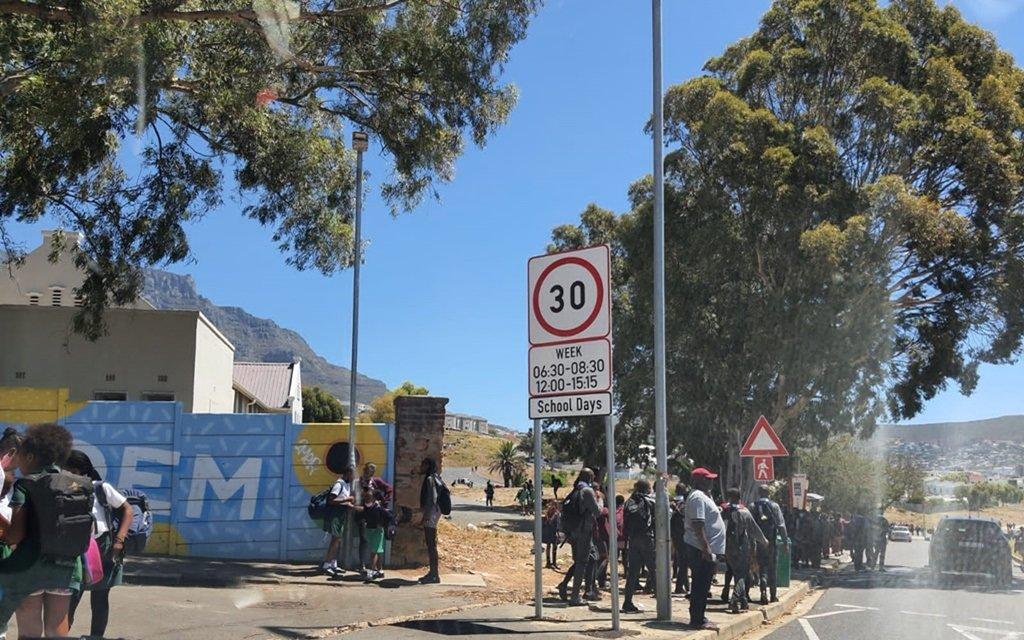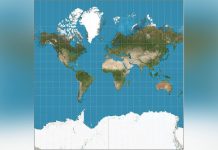Africa-Press – South-Africa. A Cape Town-based NGO has been hailed internationally as a good example of what can be done by pro-actively working to reduce the speed limit outside schools, resulting in saving lives and reducing the cost of road crashes to families, communities and the fiscus.
During a presentation at the recent global summit of the International Transport Forum (ITF) in Leipzig, Germany, Lotte Brondum, executive director of the United Nations-affiliated Global Alliance of NGOs for Road Safety, praised a campaign by South Africans Against Drunk Driving (SADD).
SADD has so far succeeded in reducing the speed outside eight schools in District Six (formerly Zonnebloem), Cape Town, to 30km/h during peak times. In the past, two school children had been killed in crashes in the area and a few others had been injured. With the support of the Global Alliance of NGOs for Road Safety and the International Road Assessment Programme (iRAP), SADD continues its campaign to get more schools and communities to lobby their local governments to implement strategic speed reductions in their areas.
“If you are looking at the economic effect of crashes, it obviously makes a lot of sense if you can be pro-active and stop any deaths or injuries. South Africa’s Road Traffic Management Corporation (RTMC) estimates the cost of a fatal crash to be R7 million. So, if you can try and bring down the deaths and the fatalities, that will save SA a huge amount of money,” said SADD founder and director Caro Smit.
“Unfortunately, in SA people do not see a lot of these road crashes as preventable. They see them as being ‘God’s will’, or they see them as being accidents. Many families in SA are pushed into poverty or further into poverty after a crash. It is often the youth and young providers who are killed. We need to really teach people that these crashes are preventable. They are unnecessary, and so we need to have a lot more emphasis on speed reduction and the law enforcement thereof.”
World Bank research has shown that speed reduction saves lives and reduces injuries from road accidents, yet these speed-reducing measures are not commonly implemented in low- and middle-income countries like SA, according to Brondum.
“As 90% of the world’s road traffic incidents occur in low- and middle-income countries (according to the World Health Organisation), this is particularly ominous for the development prospects of these countries. Furthermore, road accidents disproportionately affect young adults of 15 to 29 years old. It is the leading cause of death during their most productive years,” Brondum told Fin24 on the sidelines of the ITF summit.
“If one looks at the impact of a road accident, it often leads to ‘a spiral of poverty’ for the victim and his or her family. So, the best investment is in making roads safer, which will reduce the cost impact of road crashes.”
iRAP estimates that road crashes cause the death and life-changing injury of 159 577 people in South Africa every year, with a direct financial cost of US$18.9 billion. The estimated cost to South Africa’s GDP is between 5% and 10%.
For More News And Analysis About South-Africa Follow Africa-Press






